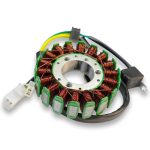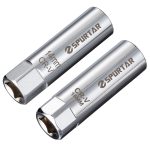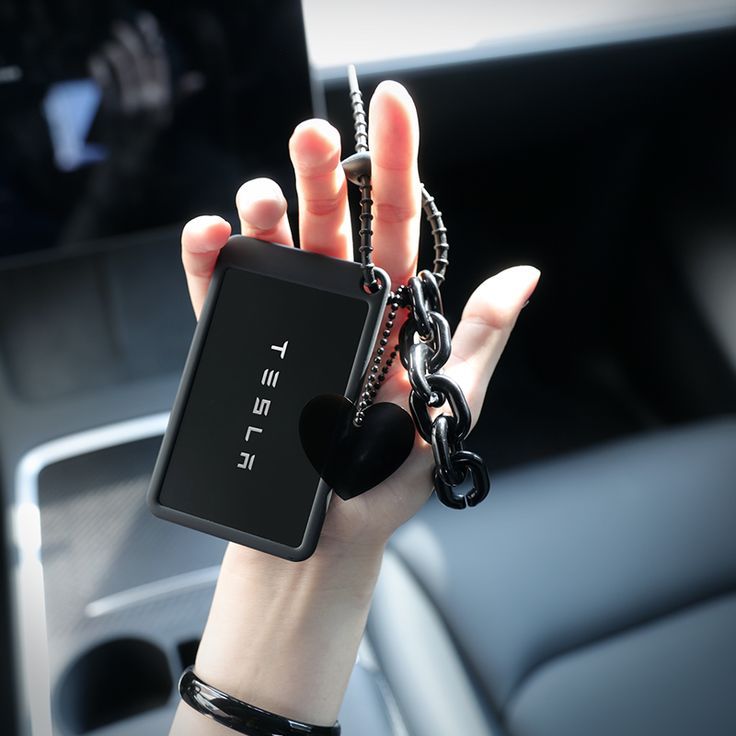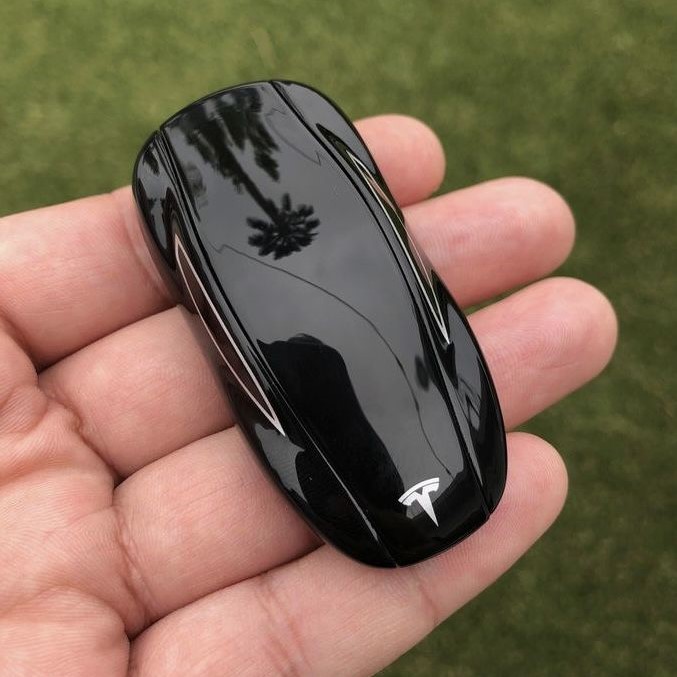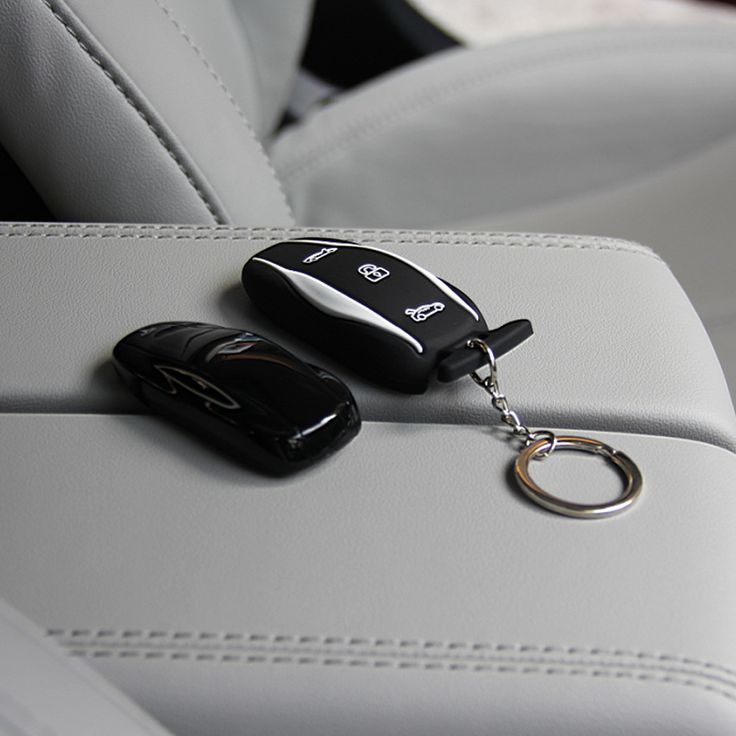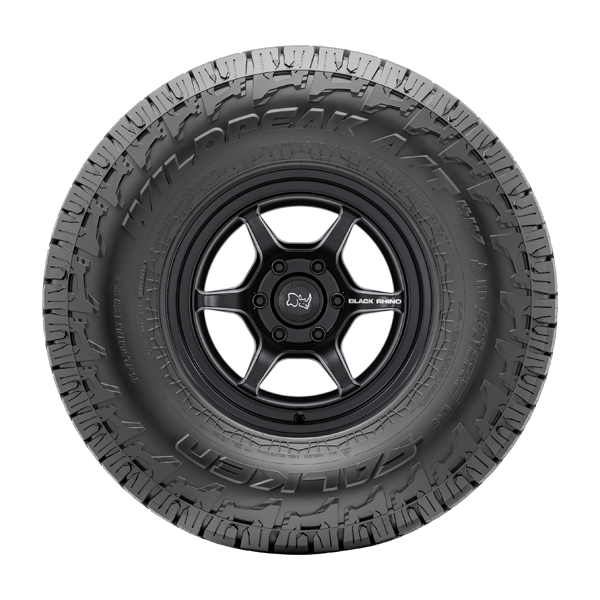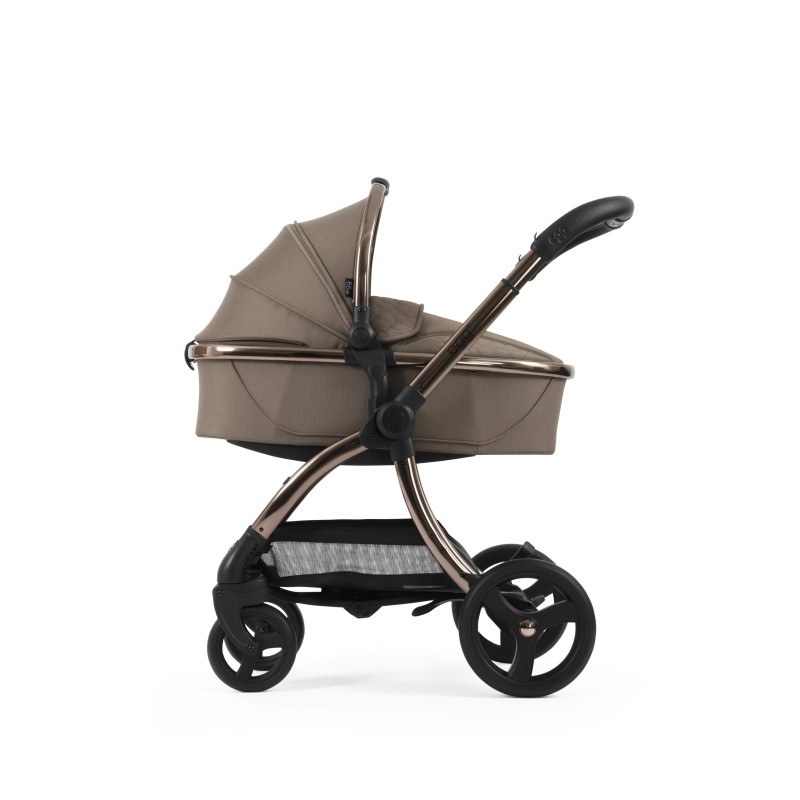Overview of Tesla Car Key Options
Tesla offers multiple options to enhance key access and security. Each option provides unique benefits. Let’s explore the available choices of tesla car key.
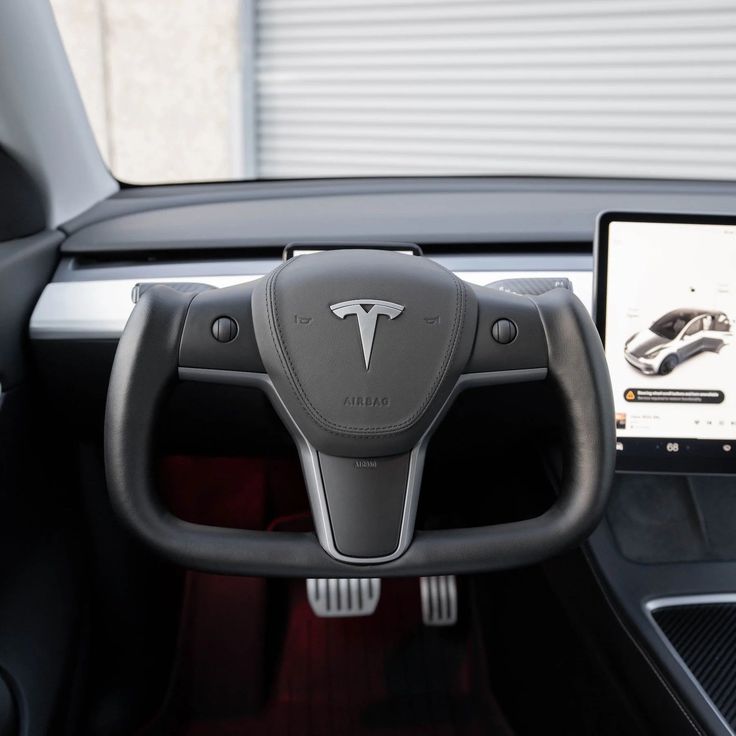
Traditional Key Fobs
Tesla’s traditional key fobs are shaped like the car. These fobs allow seamless locking and unlocking. Features include proximity-based access and remote commands, like opening the trunk. The key fob is battery-operated, requiring occasional replacements.
Key Cards
Key cards are compact and easy to carry. They use RFID technology for access. To unlock, tap the card on the car’s B-pillar. Locking requires tapping on the same area. Key cards are essential backup solutions or for shared car usage.
Mobile App as a Key
Tesla’s mobile app doubles as a digital key. It uses your smartphone’s Bluetooth for connectivity. With the app, you can lock or unlock, drive, and manage other car features. This tesla car key type eliminates the need for physical keys and offers added convenience.
How Tesla Key Fobs Operate
Tesla’s key fobs offer a seamless and secure way to access vehicles. Let’s delve into how they operate and excel in functionality.
Pairing and Setup Process
The pairing process ensures the key fob communicates with your Tesla. To set it up:
- Open the Tesla touchscreen and go to the “Locks” menu.
- Select “Add Key” and follow the on-screen instructions.
- Hold the key fob near the marked NFC zone inside the car.
- Once paired, the key fob is ready to use.
The process is quick and user-friendly, making it easy for all Tesla owners.
Locking and Unlocking Features
Tesla key fobs provide advanced locking and unlocking features. Some key functionalities include:
- Proximity-Based Locking/Unlocking: The car locks when you walk away and unlocks as you approach.
- Remote Trunk Access: You can pop the trunk or frunk with a quick button press.
- Customization: Assign specific functions to the fob buttons using the Tesla app or car display.
These features enable convenient access without any manual effort.
Proximity Detection Technology
Tesla key fobs use advanced proximity detection technology. Here’s how it works:
- The car detects the fob’s unique signal within a specific range.
- The proximity sensor ensures the car remains locked when the fob is out of range.
- Enhanced security prevents unauthorized unlocking through encryption and secure pairing protocols.
This technology adds an extra layer of convenience, automating the locking process seamlessly.
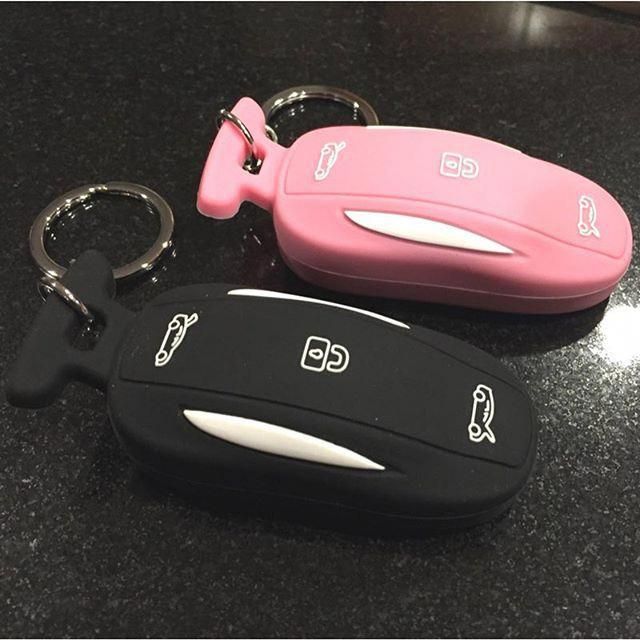
Whether for quick entry, locking automation, or customization, Tesla’s key fobs excel with innovative features.
Key Card Functionality Explained
Tesla’s key card is designed for simplicity and reliability. This compact access method has unique operational features and various benefits.
How to Use the Key Card
Using a Tesla key card is straightforward. Follow these steps to unlock and lock your vehicle:
Unlocking the Car
- Positioning the Key Card: To unlock the car, take your key card and align it with the B-pillar located on the driver’s side of the vehicle. The B-pillar is the vertical support structure between the front and rear doors.
- Tap the Key Card: Firmly tap the key card against the B-pillar, ensuring good contact for the vehicle’s sensors to detect the card.
- Wait for Confirmation: After tapping the card, observe the confirmation lights on the car. These lights will typically flash or illuminate to indicate that the car has successfully recognized the key card and is now unlocked. If the lights do not respond, you may need to reposition or tap the card again.
Starting the Vehicle
- Placement of the Key Card: Once inside the vehicle, place the key card on the center console. This area is usually located near the cup holders, and may have a designated spot for the key card.
- Recognition Process: The car will automatically recognize the key card placed on the console. Listen for any audible confirmation or watch for dashboard lights indicating that the vehicle is ready to start.
- Starting the Engine: With the key card recognized, you can now start the vehicle using the ignition button (if your car has one) or following the normal starting procedure as indicated in your vehicle’s manual.
Locking the Car
- Exiting the Vehicle: After you have finished your time in the car and are ready to lock it, make sure all doors are closed properly to enable the locking mechanism.
- Re-tapping the Key Card: Hold the key card once again, and tap it against the same B-pillar used for unlocking. Make sure to apply enough pressure to ensure the card is read by the sensors.
- Confirmation of Locking: Look for the confirmation lights on the car. These lights should flash or illuminate to show that the vehicle is now locked. If you see the lights activate, it confirms that the security system is engaged, and it is safe to walk away from the vehicle.
Situations Where Key Cards Are Useful
Key cards offer value in several situations where traditional or app keys may not suffice:
- Backup Access: They act as a reliable backup if the key fob or phone key fails.
- Shared Tesla Usage: Key cards are ideal for lending the car to family, friends, or valet services.
- Minimalist Option: For those who prefer carrying fewer items, the card’s slim design is convenient.
- Security Assurance: If your phone or key fob is lost, the key card ensures continued car access.
Tesla key cards provide a blend of convenience and dependability. Their practicality makes them a crucial accessory for Tesla owners.
Using Tesla’s Mobile App as a Digital Key
Tesla’s mobile app transforms your smartphone into a powerful digital car key. This innovative approach provides seamless access, eliminating the need for physical keys. Let’s explore its setup, features, and benefits.
Setting Up the Mobile Key
Setting up Tesla’s mobile key is quick and user-friendly. Follow these steps:
- Install the Tesla App: Download and install the Tesla app on your smartphone.
- Log In: Use your Tesla account credentials to log into the app.
- Pair the Phone: Go to your car’s touchscreen, enter the “Locks” menu, and add your phone.
- Activate Bluetooth: Ensure your phone’s Bluetooth is enabled for communication.
- Confirm Pairing: Follow on-screen instructions to finalize the setup.
Once paired, your smartphone becomes a functional digital tesla car key, ready to operate your Tesla.
Features Accessible via the App Key
The Tesla mobile app offers a variety of features to improve your driving experience:
- Lock and Unlock: Use the app to control car doors remotely.
- Start the Vehicle: Activate the car by recognizing your phone within Bluetooth range.
- Remote Climate Control: Precondition the cabin temperature before entering.
- Location Tracking: Locate your Tesla anytime using GPS.
- Charging Management: Monitor charging status and adjust settings.
- Trunk and Frunk Access: Open storage compartments through the app interface.
These features enhance convenience and improve everyday usability.
Benefits of Using the App Key
Using Tesla’s mobile app as a key comes with multiple advantages:
- Convenience: No need to carry physical keys or worry about losing them.
- Enhanced Functionality: Access additional car functions directly from your smartphone.
- Security: Provides encrypted communication for secure smartphone pairing.
- Multiple Device Support: Pair multiple phones, ensuring all drivers have access.
- Integration: Seamless compatibility with modern lifestyles and smartphone habits.
Tesla’s mobile app key combines practicality, security, and technology for a superior driving experience.
Advancements in Tesla Key Technology
Tesla continues to innovate in key technology, enhancing security, functionality, and user convenience. These advancements ensure safer and smarter vehicle access.
Security Features in Tesla Keys
Modern Tesla keys incorporate advanced security features to protect against unauthorized access and theft:
- Encrypted Communication: Keys use highly secure protocols for pairing and data transfer.
- Proximity Controls: The car locks and unlocks only in response to the paired key’s signal range.
- Two-Factor Authentication: Mobile app keys often require additional authentication for extra security.
- Key Management Options: Owners can monitor and disable keys directly from the Tesla app.
- Tamper Detection: Keys and vehicles alert users to suspicious activity, ensuring further protection.
These safety measures ensure Tesla keys remain reliable and secure for daily use.
Over-the-Air Updates for Key Functionality
Tesla leverages over-the-air (OTA) updates to improve and refine key features:
- Performance Optimization: Firmware updates enhance the responsiveness of proximity-based and app-based keys.
- Bug Fixes: OTA updates resolve past issues related to locking or key pairing failures.
- Feature Additions: New functionalities, like advanced customization, are occasionally introduced via updates.
- Enhanced Security: Tesla constantly updates cryptographic algorithms to guard against emerging threats.
OTA updates make Tesla key technology adaptable and better over time, without requiring physical changes. This streamlined approach supports Tesla’s commitment to cutting-edge innovation and user satisfaction.
Troubleshooting Tesla Key Issues
Tesla keys are reliable, but occasional issues can arise. Knowing how to troubleshoot helps save time.
Common Problems and Solutions
Here are some of the most frequent issues Tesla owners face and how to resolve them:
- Key Fob Not Working:
- Cause: Dead battery or improper pairing.
- Solution: Replace the key fob battery and ensure proper pairing using the Tesla touchscreen.
- Key Card Fails to Unlock:
- Cause: Dirt on the key card or sensor area.
- Solution: Clean both the key card and car’s B-pillar, then retry.
- Mobile App Connection Issues:
- Cause: Bluetooth disabled or app logout.
- Solution: Turn Bluetooth on, restart the app, and log in again.
- Proximity Locking/Unlocking Not Working:
- Cause: Weak signal or interference.
- Solution: Ensure the key fob or phone is within range and avoid signal-blocking objects.
- Car Does Not Start:
- Cause: Key not detected when starting.
- Solution: Place the key card on the center console or move the fob closer.
These steps can fix most routine key-related challenges. If issues persist, contact Tesla support.
What to Do If You Lose Your Key
Losing a Tesla key can be stressful, but the solutions are systematic:
- Disable Lost Key:
- Open the Tesla app and navigate to the “Locks” menu.
- Disable the lost key to prevent unauthorized access.
- Use a Backup Key:
- Utilize your spare key card, fob, or mobile app for access.
- Order a Replacement:
- Purchase a new key through Tesla’s service center or official website.
- Pair the new key following Tesla’s setup process.
- Activate Two-Factor Authentication:
- For mobile app keys, enable two-factor authentication to enhance security.
- Emergency Unlocking:
- Ask Tesla support for remote car unlocking until a replacement key is available.
By acting quickly and using these steps, Tesla owners can minimize disruption caused by losing a key.
Tips for Choosing and Managing Your Tesla Key Type
When deciding which Tesla key type suits you, understanding the options and management tips is crucial. Each key type offers unique strengths and trade-offs. Let’s dive deeper into the pros, cons, and effective management.
Pros and Cons of Each Option
Tesla provides three key options: key fobs, key cards, and the mobile app. Here’s how they compare:
- Key Fobs:
- Pros: Offers quick access and multiple features like proximity locking and remote trunk access.
- Cons: Requires regular battery replacements and is bulkier than the other options.
- Key Cards:
- Pros: Slim, portable, and ideal as a backup or for shared vehicle access.
- Cons: Requires manual tapping on the B-pillar and is less convenient compared to other keys.
- Mobile App as a Key:
- Pros: Eliminates the need for physical keys and provides advanced vehicle control features.
- Cons: Relies on smartphone functionality, and issues may arise if your phone battery dies.
By understanding these aspects, you can choose the best Tesla key for your lifestyle.
Best Practices for Security and Convenience
Managing your Tesla key effectively ensures both security and ease of access. Follow these tips:
- Enable Two-Factor Authentication: This adds an extra layer of protection for the Tesla mobile app key.
- Keep Backups Handy: Always carry a spare key card or fob in case of emergencies.
- Update Firmware Regularly: Ensure you’re benefiting from the latest security and performance improvements.
- Store Keys Safely: Use protective cases to prevent damage to key fobs or cards.
- Monitor Key Usage: Use the Tesla app to track and disable keys if misplaced or stolen.
- Avoid Signal Interference: Keep physical keys and phone keys away from devices that could disrupt signals, like metal objects.
Adopting these best practices helps maximize Tesla key functionality while keeping your vehicle secure.
Final Thoughts
In conclusion, understanding how Tesla car keys work significantly enhances the driving experience for Tesla owners. With features like keyless entry, mobile app integration, and robust security, Tesla car keys simplify the management of electric vehicles.
Whether using a key fob, mobile app, or NFC card, Tesla’s innovative technology responds to the needs of modern drivers. So as you embark on your electric car journey, knowing how to utilize these features can maximize convenience and enrich your overall experience with Tesla vehicles. Embracing this smart technology can lead to a more efficient and enjoyable driving adventure.
